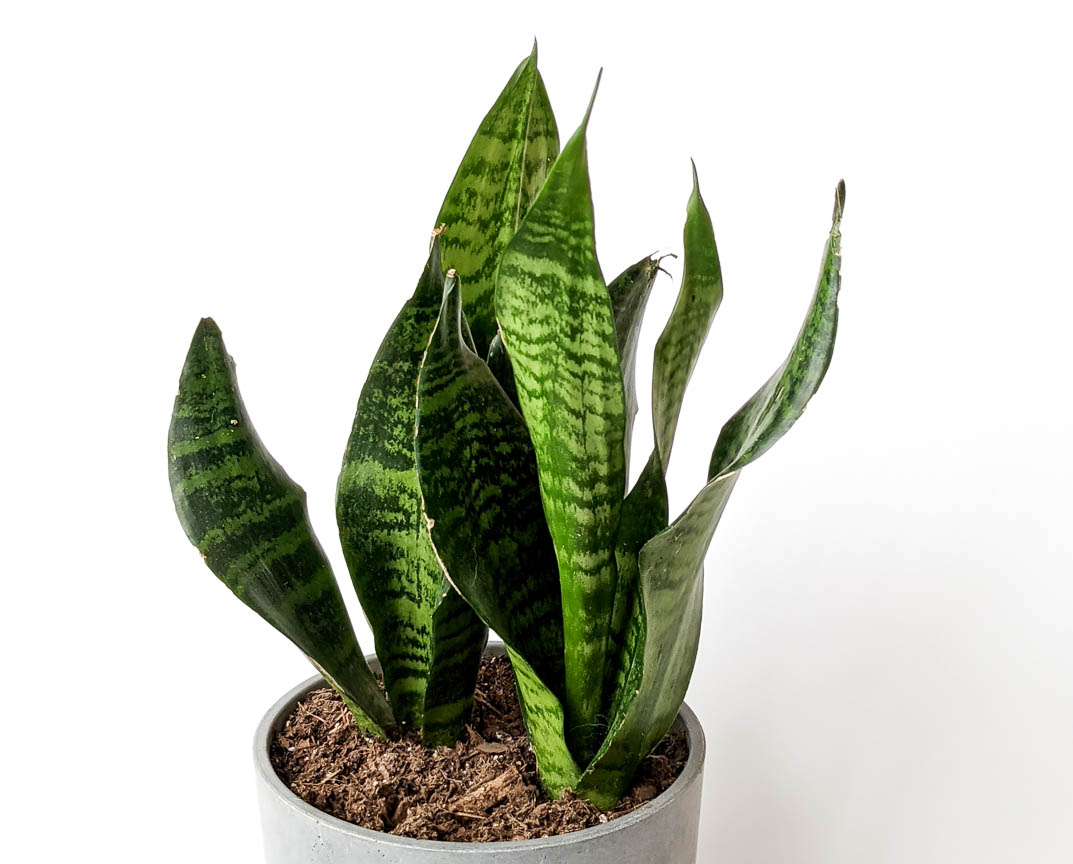Pruning may sound like it belongs to your shrubs outside, but it’s a health and aesthetic benefit for many indoor plants, too. Don’t worry, pruning houseplants doesn’t involve bulky hedge trimmers. It’s actually a more delicate grooming process rather than hacking your plant’s stems and vines off.
The benefits of pruning houseplants
Pruning is a good technique to become familiar with because it’s a great way to maintain your plants and propagate more! Part of pruning involves removing dead vines, leaves, and stems that are draining energy from your plant. Without this “dead” weight, your plant is free to produce new, healthy growth. Pruning also prevents indoor plants from becoming too large and lopsided. If many stems or vines are crowding each other, pruning makes it easier for plants to breathe and grow.
How to prune houseplants
For best results, pruning should follow general techniques and schedules. Pruning can be detrimental depending on the time of year and is not recommended for some houseplants, like palms, African violets, and orchids. For most other indoor plants, here’s your step-by-step guide:
1. Be mindful of seasons
The best time to prune houseplants is in the spring and summer when they’re at the height of their growing season. Fall and winter, in general, should be reserved only for removing dead leaves and foliage or trimming diseased vines or branches. However, tough Ivies can be pruned year-round, while fast-growing climbers like Wandering Jude can be pinched back all year.
2. Look at the big picture
Effective pruning starts with knowing your plant’s current shape and structure. Notice some areas are spindly? Maybe other sections have dead leaves or looking too crowded. Having a plan of where to pinch and prune will make the whole process easier for you–and your plant.
3. Remove dead or yellowing foliage
Before making any official cuts, first remove any leaves, vines, or branches that are dead, dying, or diseased. Remove these by hand or cutting them off at the base. This initial pruning alone won’t affect your plant, but instead, allow it to focus more energy on creating new growth!
4. Stick to the one-third rule
Once you move on to actual pruning, it’s important that you don’t cut back more than 1/3 of your plant. This ensures that there is enough healthy foundation for continued growth. Start slowly, you can always prune a little extra later. Thim areas that seem to be overcrowded (remember, you can save these propagated portions if they have a root node!) to improve your plant’s shape.
5. Provide a little extra TLC
While pruning is healthy for your plants, it can still cause short-term stress. Give your houseplants a little extra love by moving them to an area with indirect light. Refrain from repotting or fertilizing your plant at the same time you prune to avoid any additional stress. And be more cautious when watering. With less foliage, your plant might not need as much water, even during its growing season.
Do you have a regular pruning schedule? Have you noticed a difference in your plant’s health if you do or don’t prune? Tell me in the comments!
XO,
Micah

